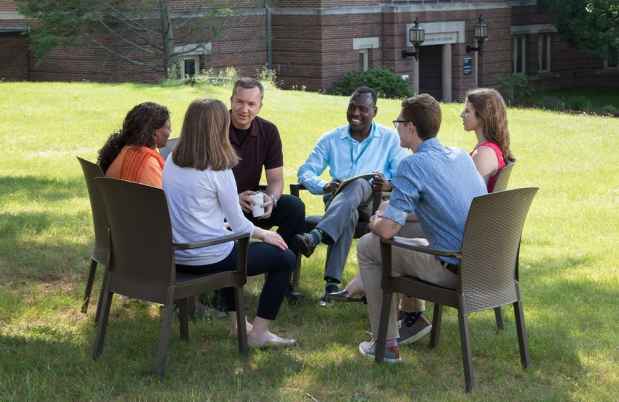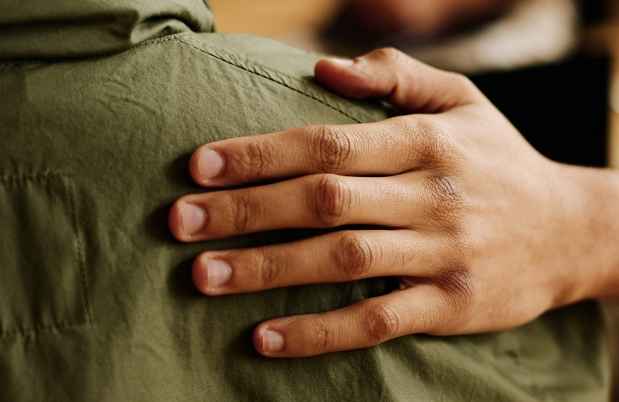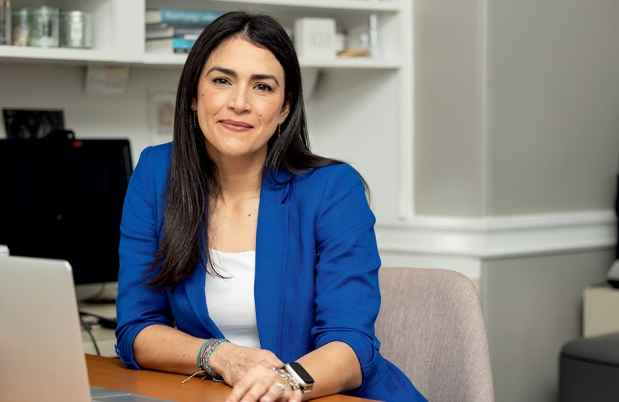Solution: Community Resiliency Model
Available with English captions and subtitles in Spanish.
Presented by Linda Grabbe, PhD, APRN-BC, Nell Hodgson Woodruff School of Nursing, Emory University, and Elaine Miller-Karas, MSW, LCSW, Trauma Resource Institute.
The Trauma Resource Institute developed the community resiliency model (CRM) to help people identify and regulate their emotional experiences.
In this talk, Grabbe and Miller-Karas describe how CRM was developed, how it works, and how it can be utilized by a wide variety of people in multiple settings.
Watch now to learn more about:
- How CRM was developed
- The major concepts of CRM
- How CRM can work for you and your community
CRM emerged from disaster response situations and primary care practices. Its skills are accessible and adaptable to many settings, including schools, mental health agencies, hospitals, and prisons.
People from diverse cultural groups and age ranges have benefited from the model and have shared its important skills to members of their communities.
Continuing education credits are available. Sign up now!
According to Miller-Karas, “CRM is not only trauma informed, but is a resiliency informed and focused model.”
CRM is based on six skills, which include:
- Tracking
- Grounding
- Resourcing
- Gesturing
- Shift and stay
- Help now!
For many children and adults, staying calm when faced with a challenge can be difficult. CRM teaches people to regulate their emotions, even in stressful situations.
“The skills help us calm ourselves and regulate our nervous system, which leads to us having clearer thinking and being able to do the tasks of daily living in a way that contributes to our self, our family, and our community,” Miller-Karas states.
Grabbe describes the first skill, tracking, which involves noticing sensations in the body. “We all do this naturally: we can tell if we’re too hot or too cold, or if we’re hungry or need to sleep,” she says.
However, CRM helps people tap into neutral or pleasant sensations and lean into them. “For example, if you’re feeling anxiety, you can localize it, characterize it, and use a CRM skill to possibly alleviate it,” she states.
One of the key concepts of CRM is the Resilient Zone: a space where people may be emotionally activated, but where they can still manage their thinking and emotions. Part of the process involves learning how to identify sensations of distress and well-being.
CRM also teaches people about common reactions to stress and trauma in the areas of behavior, thinking, physical reactions, spiritual and emotional experiences, and relationships.
Importantly, the model acknowledges the struggles people experience in their lives, but it also leans into how people cultivate their resiliency.
At the core of the model are the questions:
- What or who uplifts you?
- What or who gives you strength?
- What or who helps you get through hard times?
These questions help people tap into their resources, even when they are in the midst of hardship.
Miller-Karas and Grabbe teach CRM to individuals and groups in various settings, including schools, hospitals, and prisons. CRM is also available as an app, iChill, which people can use to teach its resiliency skills to themselves.
Resources
You may also find this information useful:
- The Trauma Resource Institute
- iChill app
- Everything You Need To Know About Trauma and PTSD
- Video: The Truth About Trauma
Linda Grabbe, PhD, APRN-BC, is an assistant professor at the Nell Hodgson Woodruff School of Nursing at Emory University. Elaine Miller-Karas, MSW, LCSW, is the co-founder and director of innovation of the Trauma Resource Institute.



